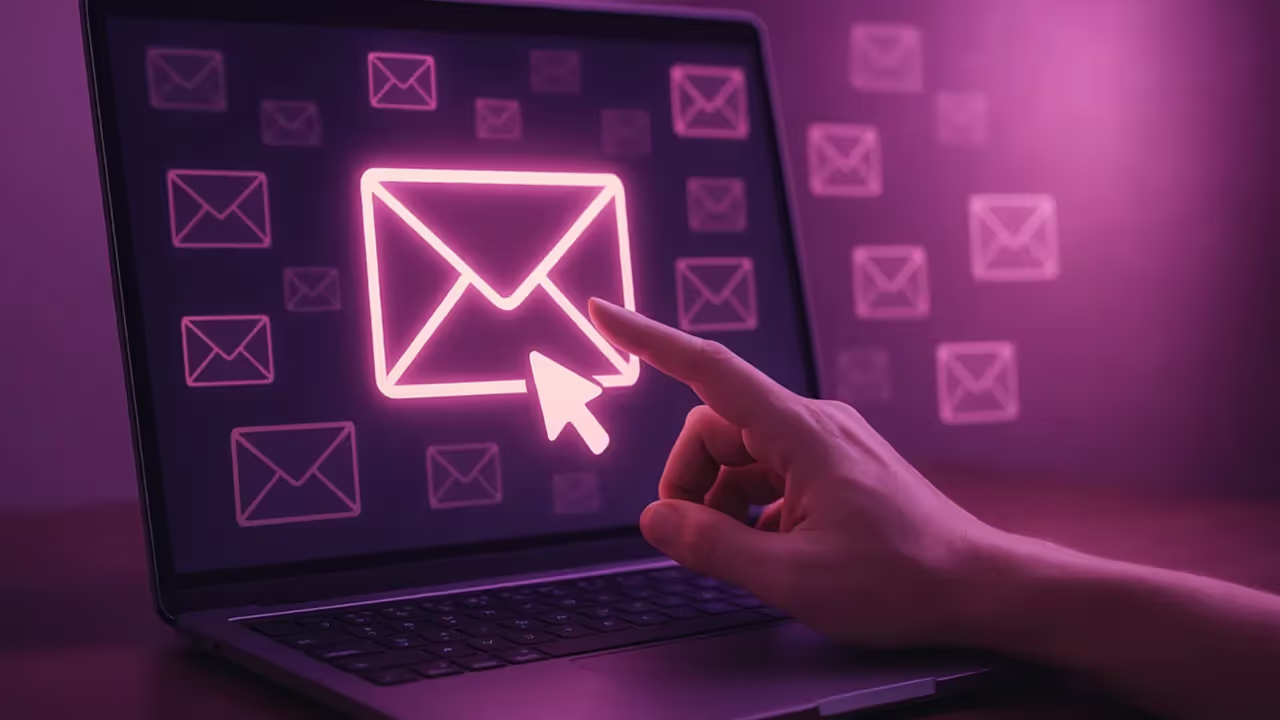Unlocking Email Personalisation: Understanding Segmentation
Today we'll take you on an email marketing segmentation journey. We'll cover what email marketing segmentation and personalisation is, blending strategic insights with practical advice. Each section carefully helps you to learn all of the key aspects, delivering a deep dive into the nuances of email segmentation.
We all know that the essence of effective email marketing lies in understanding your audience deeply and crafting messages that not only resonate but also compel action. Through diligent segmentation, personalised content creation, and ongoing optimisation, you can unlock the full potential of email personalisation, driving unparalleled engagement and conversion. Let's jump in.
What is email segmentation?
The concept of segmentation operates as the cornerstone of personalised email marketing communication. At its core, email segmentation is the process of dividing your email list into smaller, more focused groups based on specific criteria. This method enables marketers to tailor their messaging to meet the distinct needs, preferences, and behaviours of their audience. By defining segmentation, we set the stage for a more targeted and effective marketing strategy, ensuring that the content resonates with each unique segment of the audience. Sounds simple, right? Well, it really is...
The benefits of email segmentation
The strategic importance of segmentation in email marketing cannot be overstated. Primarily, it enhances the relevance of your messages, significantly improving open rates, click-through rates and conversions. Marketing segmentation transforms generic broadcasts into meaningful conversations, fostering stronger connections with your audience. Furthermore, it aids in reducing unsubscribe rates and increasing customer retention by delivering content that adds value to the recipient's experience. In essence, the benefits of email segmentation pivot around cultivating a more engaged and loyal segmented audience.
Ways to segment your email list
Segmentation can take many forms, depending on the segmentation criteria chosen. Common methods to segment email lists include:
- Demographic information (age, gender, location)
- Behavioural data (purchase history, website activity)
- Engagement levels (open rates, click-through rates)
By identifying what is a segment that matters most to your business, you can define segments that allow for highly targeted marketing efforts - these are your most lucrative segments. The diversity in email marketing segments allows for creative and effective strategies to reach and resonate with your audience on a one-to-one basis. The theory, is that closer relationships are formed with prospects and customers, so they have a higher propensity to convert. And it works.
How to create segments
Creating effective segments involves a careful and methodical approach. The first step is to define your goals and understand the segmentation email strategy that aligns with these objectives. Subsequently, analysing your audience to identify meaningful segmentation criteria is crucial. This involves gathering and analysing data to uncover patterns and preferences within your audience. By understanding these dynamics, you can create segments that are tailored to the specific needs and interests of your audience segments.
Can segmentation be taken too far? Almost always, it can be. Your brand may only need to look at behavioural segmentation, whereas others will benefit from jumping in with all different segmentation criteria. The key is to start simple and build it up from there.
Collect data & set up workflows
The foundation of successful list segmentation lies in the collection and analysis of relevant data. This encompasses a wide range of information, from basic demographic details to complex behavioural signals. Once you have a robust dataset, setting up automated workflows is essential. These workflows can trigger personalised email campaigns based on specific actions taken by your users, ensuring that the right message reaches the right segment at the right time. Effective data collection and workflow setup are instrumental in maximising the impact of your segmented email list.
Create content & start sending
With your segments defined and workflows in place, the next step is to craft compelling content that speaks directly to each segment. This involves a deep understanding of the segmented audience's interests, needs, and preferences. Tailoring your message to these factors can significantly enhance the effectiveness of your campaigns. Once your content is ready, you can begin sending out your emails, constantly adjusting and refining your approach based on the responses and interactions of your audience.
Measure & test
The final, but perhaps most critical, aspect of email segmentation is ongoing measurement and testing. This involves closely monitoring key performance indicators (KPIs) such as open rates, click-through rates, and conversion rates. Additionally, A/B testing different aspects of your emails, from subject lines to call-to-actions, can provide valuable insights into what resonates best with your audience. Through continuous measurement and testing, you can refine your segmentation strategy, ensuring that your email marketing efforts remain effective and impactful over time.
Email segmentation summary
Start small with segmentation, measure its effectiveness and make sure you test. And if you get stuck, get in touch and our team of email marketing consultants will be on hand to help.




.svg)





.avif)








